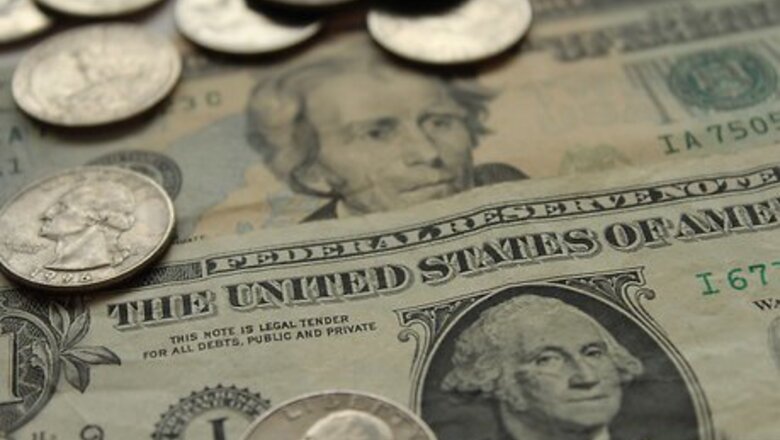
views
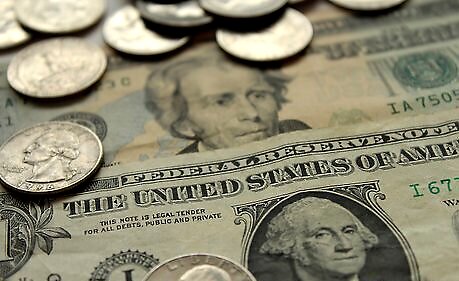
Create a cash cushion. See a financial planner for advice and assistance on how much money to save for family emergencies. A good rule of thumb is to stash away at least three months salary as a financial cushion. Use the fund to help for living expenses in case of a job loss, pay for emergency car or home repairs, or unexpected medical expenses.

Save 10 percent of your monthly paycheck to help build up your financial emergency cushion.
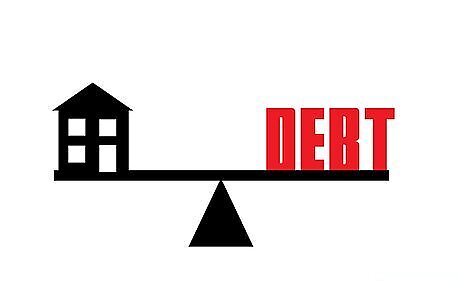
Determine your net worth. Tally both assets and debt. Subtract the two and the result will be your net worth. Assets: Home, car, savings, savings bonds, money market funds, mutual funds are all examples of assets. Liabilities: Charge card debt, outstanding bills, outstanding mortgage balance, car loans and property taxes are all examples of debt.
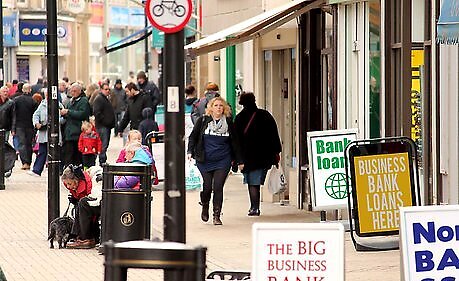
Spread the wealth. If you are fortunate to have plenty of cash, spread the wealth. Deposit money in various bank accounts at different banks. Most bank accounts are insured up to $250,000 through the Federal Deposit Insurance Corporation (FDIC). Be sure to open accounts in separate banks as accounts are insured by bank not by bank branch. Credit unions offer up to $250,000 per savings account if they participate in the National Credit Union Administration insurance program. The $250,000 insurance coverage is scheduled to end December 31, 2009. The NCUA insurance program is much like the bank FDIC program.
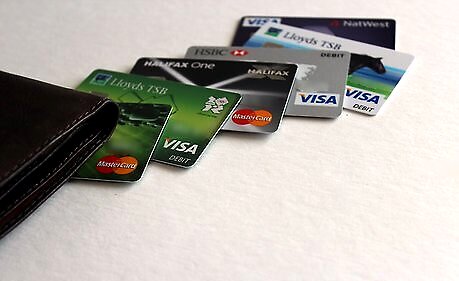
Reduce debt. Expect loan and credit card interest rates to rise, so reduce debt. Set aside some money in a safe location at your home or office. A stash of real cash may come in handy when you least expect it.

Live frugally.

Recycle or reuse. Learn to mend clothing. Sewing a button, mending a ripped knee or inserting a zipper can extend the life of clothing. Share "hand me downs" clothing for kids. Selectively buy new clothes such as buying a new shirt to spiff up a pair of hand me down pants. Choose to buy only certain items new such as shoes or a new winter coat. Shop at the thrift shop or at yard sales when ever possible. Both can be a shopping treasure trove that won't break the piggy bank. Choose to use reusable containers, such as canning jars, to store items. Canning jars can be purchased at thrift shops, yard sales, or new at most general merchandise department stores. Save food containers. Many food containers can be recycled to hold foodstuffs. Some good examples would be using pasta jars or large coffee creamer containers. The pasta sauce jars can hold all types of foodstuffs such as beans, rice or pasta. They can also be used to hold sewing supplies such as buttons. Cardboard coffee creamer containers can hold homemade drink mixes such as hot chocolate. Wash and dry plastic food storage bags. Do not save and reuse food storage bags that had meat stored inside the bags.

Shop Frugally. Purchase clothing off season. Purchase well made clothing as it tends to last longer. Select clothing coordinates. Shop using sales ads.

Conserve Energy. Save energy by turning off lights, turning the heat down when appropriate, reducing water usage. Use LED bulbs. Purchase power strips that can turn off all electronic equipment using a single switch. Using these specially designed power strips help save the loss of "forgotten" energy. Do laundry the old-fashioned way. Wash clothes and hang them up to dry. Wash full loads of clothes using cold water to save the most money.












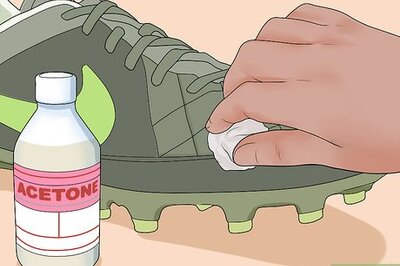

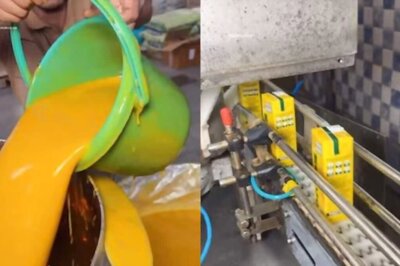

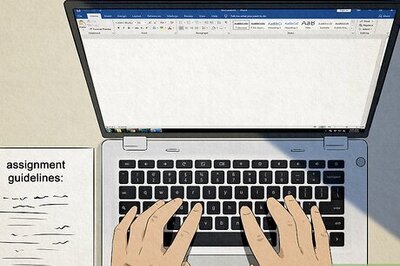



Comments
0 comment